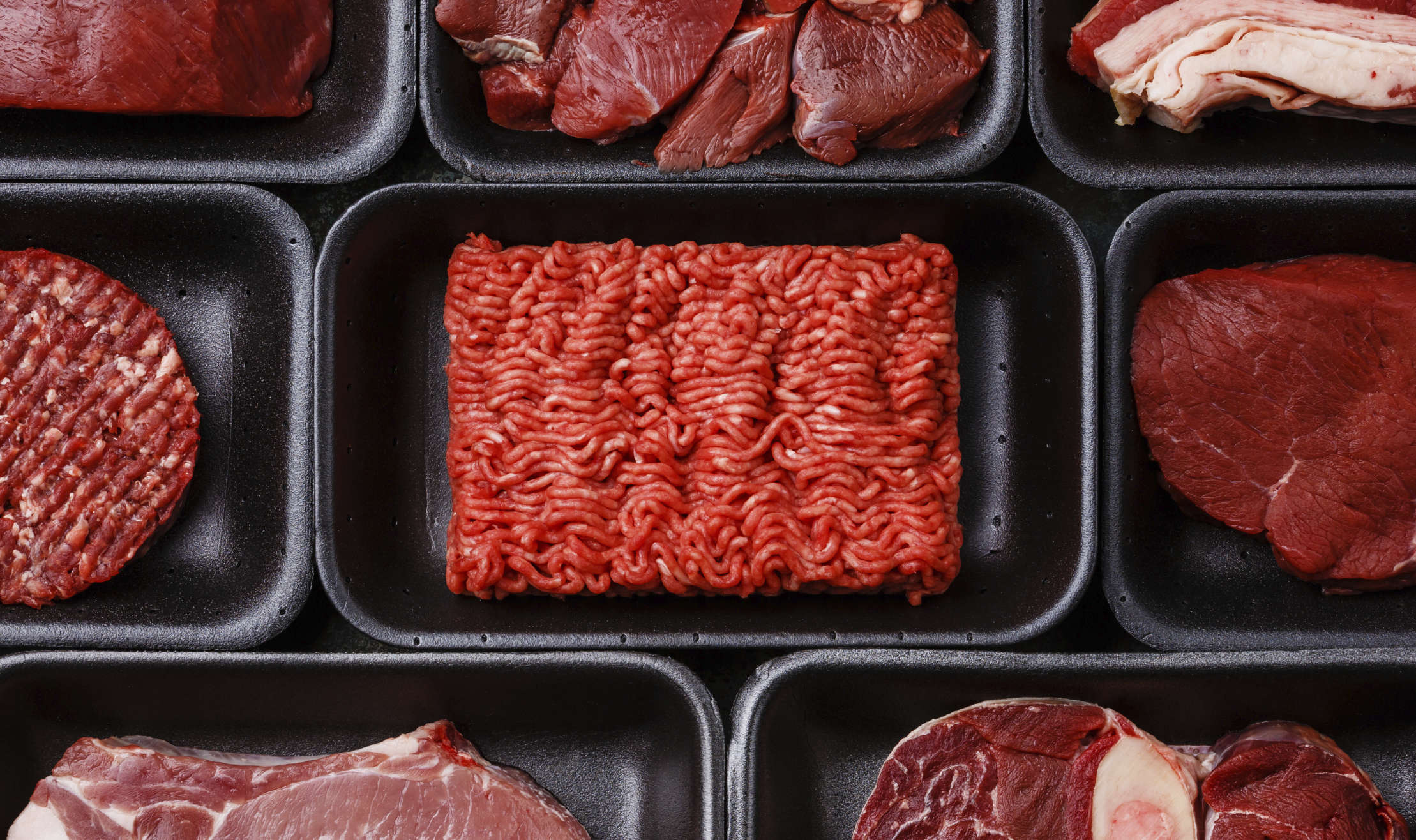Sustainability has become a big aspect of almost any industry and in the meetings industry sustainability has become crucial to maintaining our social and environmental responsibility. While we often hear farmers producing sustainable crops or even sustainable livestock, our kitchens also need to take stock in their environmental impact as well to ensure a better quality and in-demand products.
Just as Climatarians make specific changes in their diet to minimize their carbon footprint, we need to make changes, industry-wide, to do our best to minimize and diminish unsustainable practices across the supply chain and in the kitchen. Whether we seek a sustainable means to produce seafood or a way to cut emissions and decrease the carbon footprint of food transport, from a farm-to-table menus to decreasing food waste, we all need to do our part to lessen our impact on the environment. Consider these tips when designing menus and you’ll be well on your way to an ethical, sustainable event.
- Utilize more veggie plates. Vegetarian and Vegan lifestyles are on the rise. By Integrating more veggie plates, you’ll address the dual purpose of incredible, memorable vegetarian and vegan menu items, rather than creating them as an afterthought at the time of the meal, which can not only alienate your guests but gum up kitchen efficiency. In addition, food is a massive contributor to greenhouse gases. In fact, 20-30 percent of greenhouse gases are due to the majority of the world’s crops being used to feed animals. By utilizing more veggies, you’ll create a menu that is inclusive of common guest dietary needs and is more environmentally friendly.
- Switch to low-emission meats. Remove higher-emission beef and lamb with lower emission pork and poultry products. While a vegan diet has the lowest carbon emissions, there’s no doubt that we need to meet the dietary needs of all our attendees and many use meat as their primary protein source. To this end, you can still choose low emission meats. Most animals are raised in factory farms, which are significant polluters. It also takes different levels of resources to produce each type of meat. By considering pork and poultry instead of beef and lamb, you’ll cast your vote for low emission meats. When possible, select local farms that do not factory farm and you’ll be optimizing your goal for low emission meat.
- Limit yourself to seasonal foods. This is the most obvious option in this list, but it serves as a reminder because there are still so many events that insist on year-round vegetables and fruits. It may be easier to stick to the standard offerings when it comes to checking off boxes, but green. ethical, sustainable events are a different animal.
- Use those ugly veggies. It’s standard practice to toss misfit fruit and veggies but it’s certainly more hip, more sustinable, and more impressive to find uses for those ugly, mishapen, foods. About 26% of produce is wasted in the U.S. before it even reaches the grocery store. There isn’t much we can do in the meetings industry about the supply chain, but we can certainly keep our standards high when it comes to eliminating food waste in the kitchen.
- Consider both locally grown and shipped food according to the green ethic, without making assumptions. Many assume locally grown is better. In most cases that may the case, but if the livestock or agriculture at that local farm isn’t grown and handled with sustainability best practices, it may turn out it is actually better to source from a more sustainable farm farther away. Know your sources and choose responsibly.
- Watch your seafood choices. Overfishing make some fish choices unsustainable. There are also many seafood choices that are farmed in ways that are harmful to the environment. On top of this, there are some fish that may be safe to eat one week and unsustainable the next due to chainging environmental factors. One of he easiest and fastest ways to determine the latest fish that are safe for consumption is the Monteray Bay Aquarium app, Seafood Watch.
- Make decisions about the food labels you want to stick to. Make a commitment. And to help your attendees understand the commitment you’ve made, label everything. You need to label everything that contains the top eight allergens anyway. You may as well add cage-free, hormone-free, non-GMO, free range, natural, organic, and any others you choose to implement. It reinforces that you’re throwing a green event, while giving attendees a green light on what to eat.
- Choose compostable and biodegradable options. If you aren’t going to request glass and china service, at least make sure everything is compostable and biodegradeable. In fact, being able to advertise a waste-free event will lead to a boost in attention paid prior to and during the event as well as making your effort memorable.
- Give up conference bags and swag. While we all hope our conference bags are held near and dear to our attendees hearts, admit it. Most of the contents end up in the hotel recycle bins. Instead keep your conference schedule online, rather than using paper. If you absolutely must have bags, make it clear you won’t include any items wrapped in plastic.
- Choose meeting locations with walkable destinations and mass transit. While out of the way resorts and destinations sound super on the surface, they are always easy on the environment. Keep your location close to restaurants and other sites so people will be less likely to take taxis everywhere. It’s healthy to walk a few blocks and it’s better for the environment if the lightrail or subway are nearby. You might even consider making sure the hotel or venue has adopted sustainable practices and earth-friendly policies. You can find out by asking about their water-waste policies, whether they have implemented any green practices, and ask if they are LEED certified.
- Track the economic savings from your environmentally friendly choices. Track the commitments to green practices, zero-waste policies, and other sustainability commitments. Most of the time you’ll find that you actually save money. If you happen to spend a little more for the right venue, you’ll find it is could be offset by the zero-waste policy in the kitchen. And regardless of how your bottom line is affected, you’ll still win when it comes to the environment and communicating the importance of sustainability commitments to your attendees.
Make the right commitments at your events and attendees will recognize the well-rounded effort and compliment your leadership. That’s really what we need. Leaders to help our industry take sustainability to the next level.



